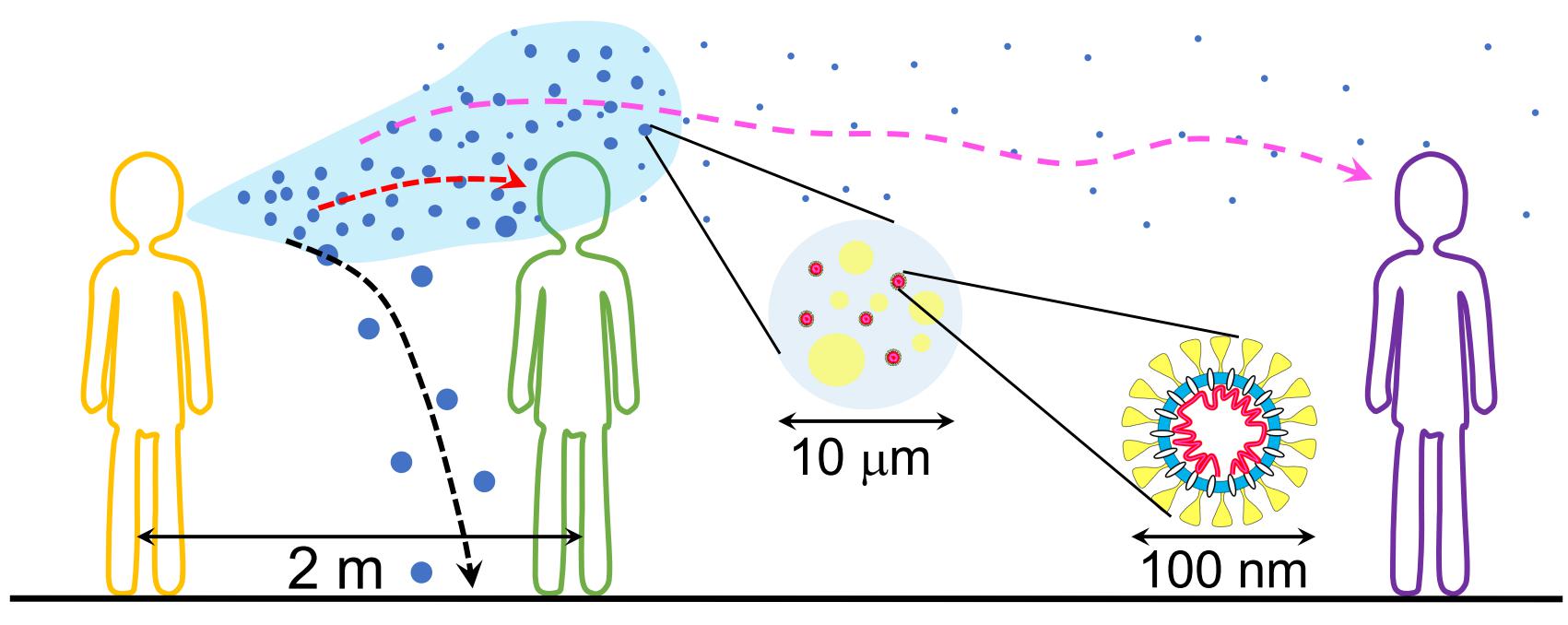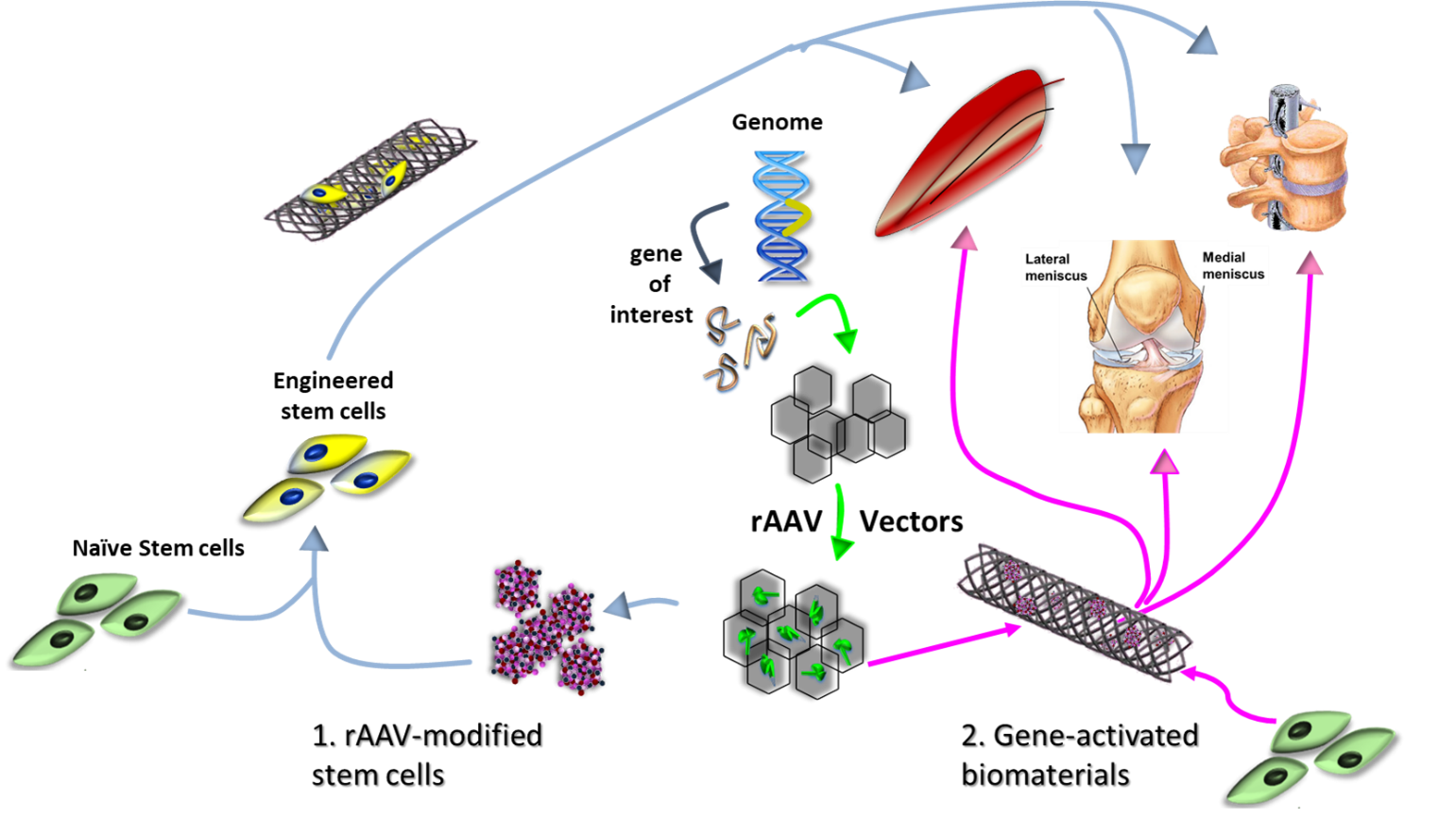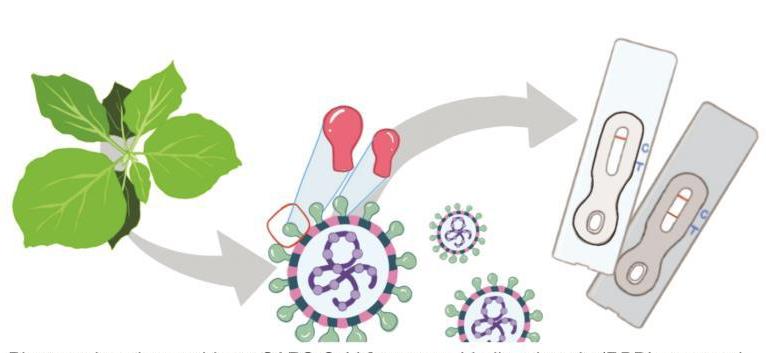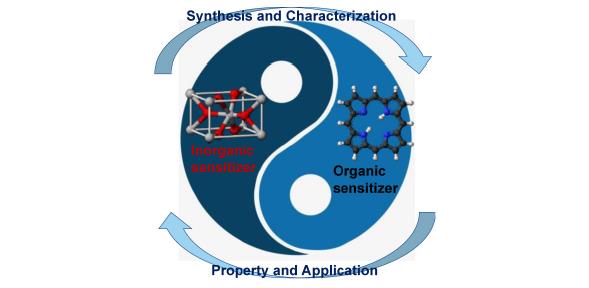Using biomaterials research to address the challenges raised by the COVID-19 pandemic
Development of personal protective equipment for the COVID-19 pandemic in Thailand and technical aspects of testing gown materials
Physicochemical properties of respiratory droplets and their role in COVID-19 pandemics: a critical review

Recombinant adeno-associated virus-based gene therapy combined with tissue engineering for musculoskeletal regenerative medicine

A biomaterials viewpoint for the 2020 SARS-CoV-2 vaccine development
Plant-produced recombinant SARS-CoV-2 receptor-binding domain; an economical, scalable biomaterial source for COVID-19 diagnosis

Fate and transport of enveloped viruses in indoor built spaces - through understanding vaccinia virus and surface interactions

Engineering immune-responsive biomaterials for skin regeneration

Development of porphyrin and titanium dioxide sonosensitizers for sonodynamic cancer therapy




